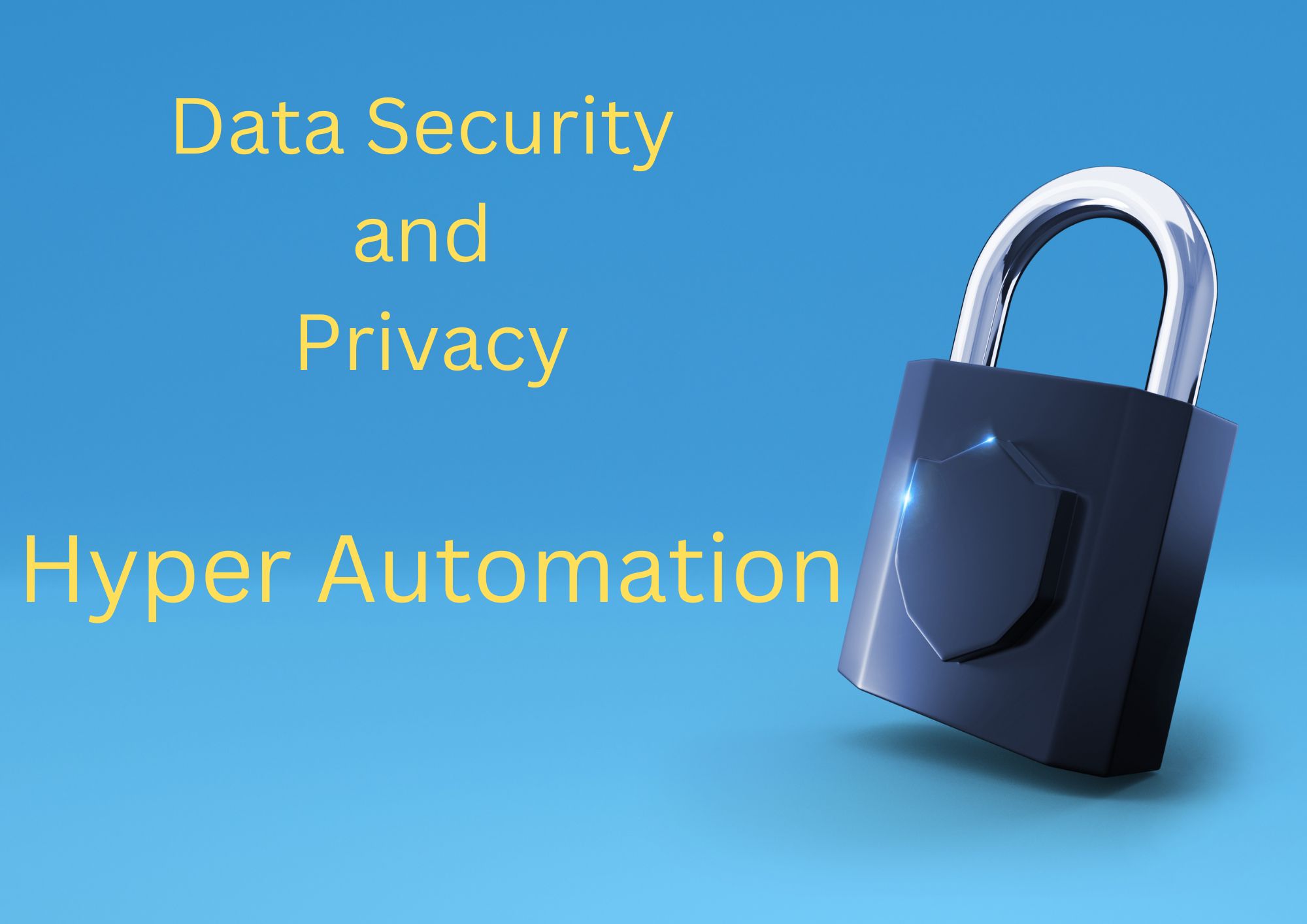The rise of hyper automation has revolutionized industries, streamlining processes and boosting productivity like never before.
However, this rapid advancement has also created significant data security and privacy concerns.
In this in-depth article, we’ll discuss the risks associated with hyper automation and the steps organizations can take to safeguard their sensitive information.
Data security in a hyper automated world
The integration of advanced technologies like artificial intelligence (AI), machine learning (ML), and robotic process automation (RPA) has given birth to hyper automation.
While these innovations offer numerous benefits, they also present various challenges, including data security threats.
Fact: In 2021, the average cost of a data breach was $4.24 million, a record high since 2005 (source: IBM Security).
Example: The 2017 Equifax data breach exposed the personal information of 147 million consumers, resulting in a settlement of up to $700 million (source: Federal Trade Commission).
To address these risks, organizations must implement robust security measures, such as encryption, firewalls, intrusion detection systems, and secure development practices.
Privacy concerns in automation
As hyper automation relies on extensive data collection and analysis, it’s crucial to balance the need for efficiency with the protection of personal information.
Fact: In 2020, 95% of consumers were concerned about their data privacy (source: Cisco Consumer Privacy Survey).
Example: Facebook’s Cambridge Analytica scandal in 2018 raised awareness about the misuse of personal data, leading to increased scrutiny of data privacy practices.
Organizations can address privacy concerns in automation by adopting privacy-by-design principles, implementing data minimization techniques, and regularly auditing their data handling practices.
Hyper automation risks
While hyper automation offers immense potential, it also introduces several risks, such as data breaches, unauthorized access, and insider threats.
Fact: Insider threats accounted for 36% of data breaches in 2021 (source: 2021 Verizon Data Breach Investigations Report).
Example: In 2020, a former Tesla employee accessed and leaked confidential company information, resulting in significant reputational damage and legal disputes.
To mitigate hyper automation risks, companies should establish robust access control policies, provide regular security training, and monitor user activity.
Balancing data privacy and automation
Striking the right balance between data privacy and automation efficiency is critical to building trust and ensuring long-term success.
Fact: 91% of consumers are more likely to trust companies that prioritize data privacy (source: Cisco Consumer Privacy Survey).
Example: Apple’s commitment to user privacy has bolstered its brand reputation, leading to increased customer loyalty and market share.
Organizations can achieve this balance by integrating privacy-enhancing technologies (PETs), conducting privacy impact assessments, and fostering a culture of data privacy awareness.
Implementing robust security measures
To ensure data security and privacy in a hyper automated world, organizations must adopt a multi-layered approach.
Fact: A comprehensive cybersecurity strategy can reduce the average cost of a data breach by 10% (source: IBM Security).
Example: Google’s implementation of advanced security measures, such as two-factor authentication and AI-powered threat detection, has helped protect millions of users from cyberattacks and data breaches.
Key security measures organizations should consider include:
- Data encryption: Protecting data both in transit and at rest using strong encryption algorithms and key management practices.
- Regular security audits: Conducting periodic assessments to identify vulnerabilities and improve security posture.
- Access control: Implementing role-based access control (RBAC) and the principle of least privilege to limit unauthorized access to sensitive information.
- Continuous monitoring: Employing real-time monitoring and alerting systems to detect and respond to threats swiftly.
- Security training: Providing ongoing training to employees to raise awareness of cybersecurity best practices and the latest threat landscape.
- Incident response plan: Establishing a well-defined and tested incident response plan to ensure quick and effective actions in the event of a data breach.
In the era of hyper automation, data security and privacy must be at the forefront of every organization’s agenda.
By understanding the risks, addressing privacy concerns, and implementing robust security measures, businesses can harness the power of automation while protecting their most valuable assets – their data and their customers’ trust.
Smiley: 😊 Stay secure and maintain privacy in the hyper automated world by following these best practices!
Thank you for reading our blog, we hope you found the information provided helpful and informative. We invite you to follow and share this blog with your colleagues and friends if you found it useful.
Share your thoughts and ideas in the comments below. To get in touch with us, please send an email to dataspaceconsulting@gmail.com or contactus@dataspacein.com.
You can also visit our website – DataspaceAI


